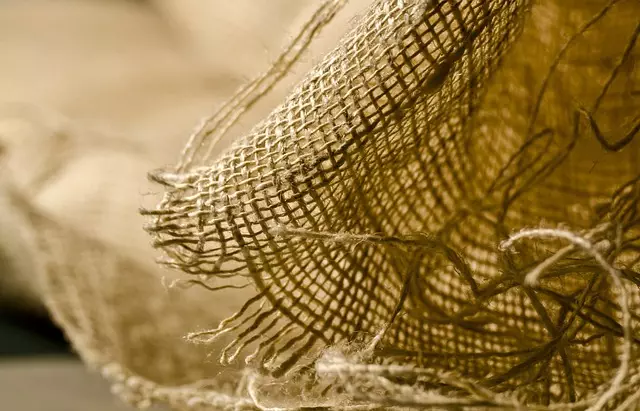muscle soreness recovery is a common concern for athletes and fitness enthusiasts alike. Whether engaging in high-intensity training or pursuing personal fitness goals, understanding the mechanisms behind muscle soreness and effective recovery methods is paramount. This article delves into the multifaceted nature of muscle soreness, its causes linked to exercise intensity and the critical role of recovery strategies. In particular, it compares the effects of Kratom versus Marijuana on muscle soreness relief and pain management, offering a nuanced perspective on their respective benefits and drawbacks within this context. Additionally, it outlines an extensive approach to recuperating from muscle soreness by incorporating exercise modification, targeted nutrition, and strategic supplementation. Join us as we navigate the intersection of health, wellness, and performance to enhance your recovery process.
- Assessing Muscle Soreness and Its Causes: Understanding the Role of Exercise Intensity and Recovery Methods
- Kratom vs Marijuana: Exploring the Effects on Muscle Soreness Recovery and Pain Management
- Comprehensive Approach to Recovering from Muscle Soreness: Integrating Exercise Modification, Nutrition, and Supplementation Strategies
Assessing Muscle Soreness and Its Causes: Understanding the Role of Exercise Intensity and Recovery Methods

When assessing muscle soreness, it’s crucial to recognize its causes and the role of exercise intensity and recovery methods in managing this discomfort. Muscle soreness, often referred to as delayed-onset muscle soreness (DOMS), typically occurs after unaccustomed or intense physical activity and can range from mild tenderness to severe pain. The severity of DOMS is influenced by various factors, including the type of exercise performed, its intensity, duration, and frequency, as well as an individual’s level of conditioning and nutrition.
Exercise intensity plays a significant role in muscle soreness; higher intensity workouts are more likely to induce DOMS. This is because intense exercise can lead to microtraumas within the muscle fibers, causing inflammation and subsequent soreness. Recovery methods are therefore essential to mitigate this soreness. Strategies such as adequate hydration, proper nutrition, active recovery, and rest are foundational. Additionally, some individuals explore alternative remedies like kratom vs marijuana use for pain management; however, it’s important to approach these with caution, as both substances can have significant effects and interactions, and their legal status varies by region. Engaging in low-impact activities during recovery can also promote blood flow and aid in the repair process. Complementary methods like massage therapy, stretching, and foam rolling can further enhance muscle recovery by improving flexibility and reducing stiffness. Understanding these factors and integrating targeted recovery strategies can help individuals manage muscle soreness effectively, ensuring a balanced approach to fitness and well-being.
Kratom vs Marijuana: Exploring the Effects on Muscle Soreness Recovery and Pain Management

Muscle soreness after intense physical activity is a common concern for athletes and fitness enthusiasts alike. In recent years, there has been growing interest in the effects of natural substances like Kratom and marijuana on muscle recovery and pain management. Both Kratom and marijuana have been used traditionally to manage pain, but their mechanisms and implications for recovery differ significantly.
Kratom, derived from the leaves of the Mitragyna speciosa tree, contains alkaloids such as mitragynine and 7-hydroxymitragynine, which are believed to interact with opioid receptors in the brain. Users often report that Kratom provides analgesic effects that can help alleviate muscle soreness. Its stimulant properties at lower doses and sedative effects at higher doses make it a versatile option for those seeking relief from pain. However, the use of Kratom is associated with potential side effects and legal considerations that vary by region.
Marijuana, on the other hand, contains over a hundred cannabinoids, including THC (tetrahydrocannabinol) and CBD (cannabidiol). THC is known for its psychoactive properties, which can alter perception and mood, while CBD is non-psychoactive and has gained attention for its potential therapeutic benefits without the mind-altering effects. The anti-inflammatory and pain-relieving qualities of cannabis make it another popular choice for muscle soreness recovery. Studies suggest that marijuana may offer relief by reducing inflammation, improving sleep quality, and modulating neurotransmitter release, which can contribute to a more holistic approach to pain management.
Both Kratom and marijuana show promise in managing muscle soreness and aiding recovery, but it is crucial to understand the legal status and potential side effects associated with each substance. Users should consult with healthcare professionals before incorporating these substances into their recovery regimen to ensure safe and effective use. The decision between Kratom vs marijuana use for pain management should be informed by individual preferences, legal restrictions, and personal health considerations.
Comprehensive Approach to Recovering from Muscle Soreness: Integrating Exercise Modification, Nutrition, and Supplementation Strategies







